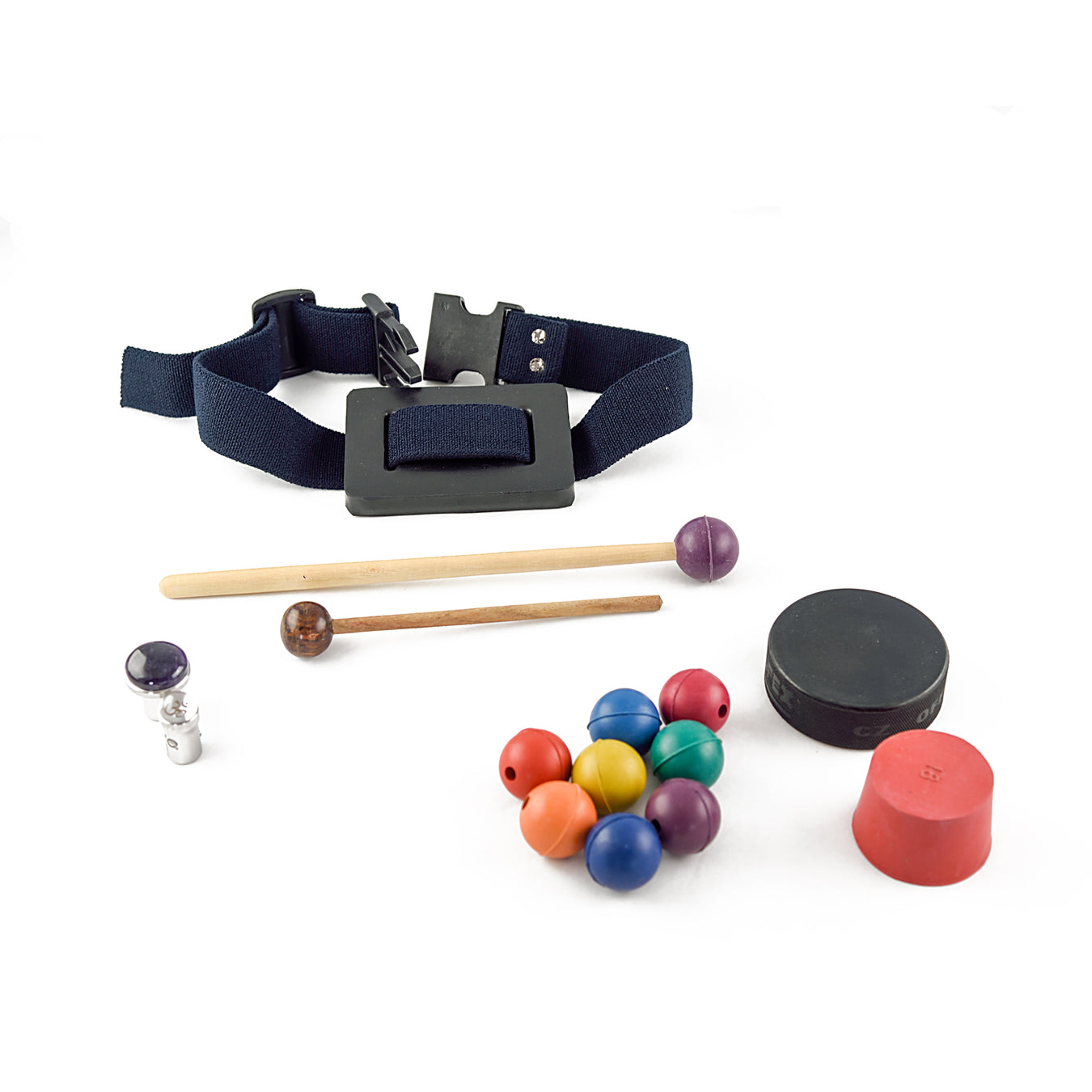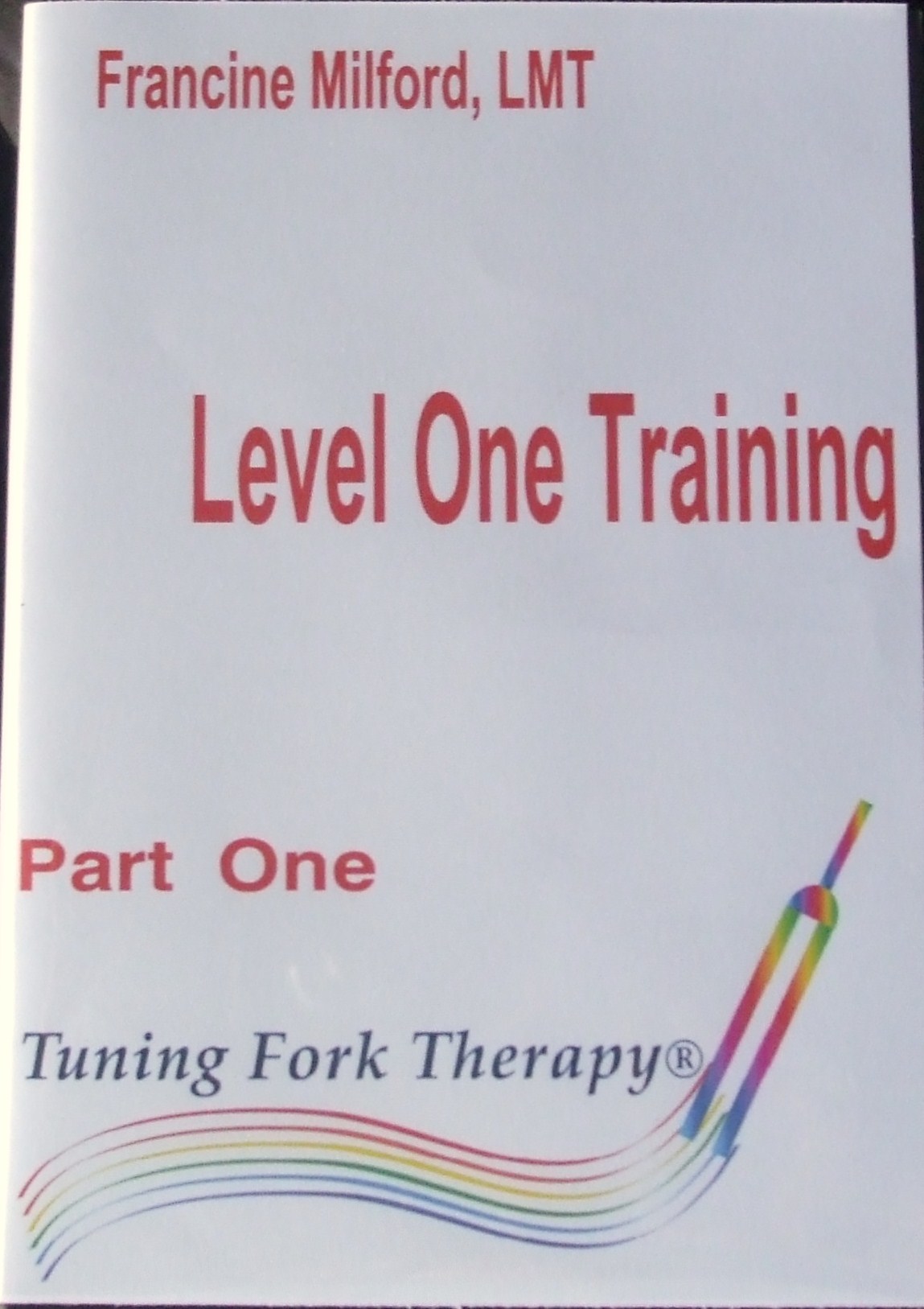

Singing bowl therapy is a style of meditation that’s been practiced since the 12th century.The practice involves listening to or making music, sometimes with an end goal of a performance. Musicians go to school to learn the technique, which often helps kids with learning disabilities or developmental delays. Nordoff-Robbins uses healing sounds with guidance from a trained expert.To reap the benefits of this method, participants create, sing, listen to or move to music. It has been shown to diminish anxiety-particularly before and after invasive medical procedures-since music is able to distract us and influence our moods.
#Tuning fork therapy professional#
Neurologic music therapy is typically led by a professional who can tailor the session to an individual’s needs.Here are three ways to use music for healing: Simply listening to music can help us keep calm, but there are also more formal treatments. In fact, one study found that listening to music before a taxing event sparked a physiological change in the nervous system, helping participants’ cortisol (the stress hormone) return to a normal level more quickly than it did for participants who didn’t listen to music beforehand. But why is music important? Research shows that it can improve stress levels.

"The Rinne Test." (Feb.Several types of sound therapy use music for healing. "Lecture XII - General Physics (PHYS 2130)." (Feb. "Tuning fork shatters teeth/explodes eyeball?" May 22, 2007. "Producing a Sound Wave." College Physics, Volume 10. "Longitudinal Waves and Tuning Forks." (Feb. "Need a Virtual Tuning Fork? There's An App For That." June 4, 2009. "Did bad vibrations cause cave-in? Engineers say the bouncing of dancers may have created waves 'like a tuning fork." The Province. "Prions picked up by tuning fork detector.". "Tuning forks for vibrant teaching." JOM. "Calibration of police radar instruments." Report of the 60th National Conference On Weights and Measures. If their radar gun doesn't register 50 miles an hour, they know it's time to take it in for adjustment.įor lots more information on music and technology, give your brain a tune-up with the links below. To calibrate a radar gun, police will aim it at a tuning fork specially designed to vibrate at 50 miles per hour (80.5 kilometers per hour). Depending on how quickly the radar signal bounces back determines how fast the car is going.

Police radar guns measure speed by bounding a radar signal off an approaching car. There's no scientific evidence for this, but hanging out in a room filled with gently-humming tuning forks could put anyone in a good mood.Įver gotten a speeding ticket? A tuning fork is partly responsible.

In a practice known as tuning fork therapy, a patient lies motionless on a table while a healer passes vibrating tuning forks over their body - the idea being that the vibrations improve mental clarity and physical energy. Over the last 15 years, tuning forks have also been getting a fair bit of attention in the world of alternative medicine. If you feel a sudden surge of pain, it's time to go to the hospital. Simply hold a ringing tuning fork close to the site of a suspected fracture. When X-rays are in short supply, tuning forks can also be a makeshift way to identify whether a bone is fractured.


 0 kommentar(er)
0 kommentar(er)
